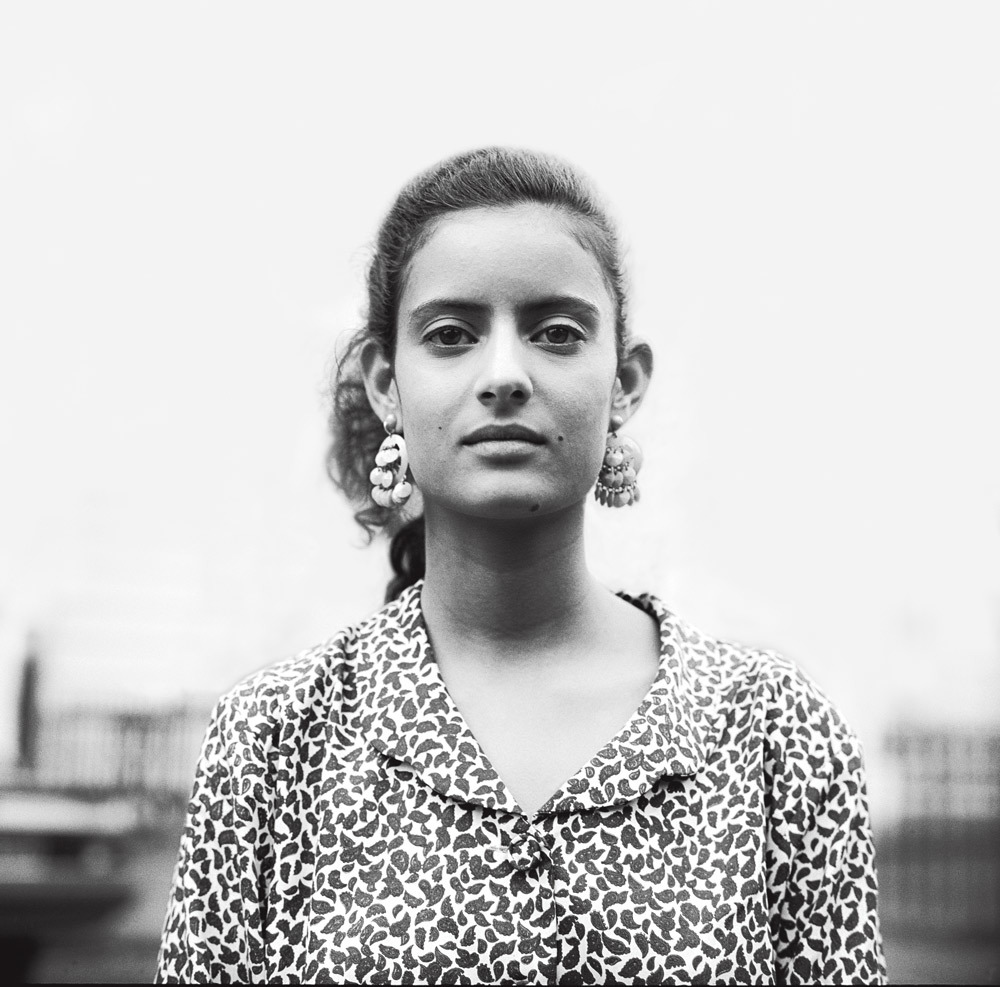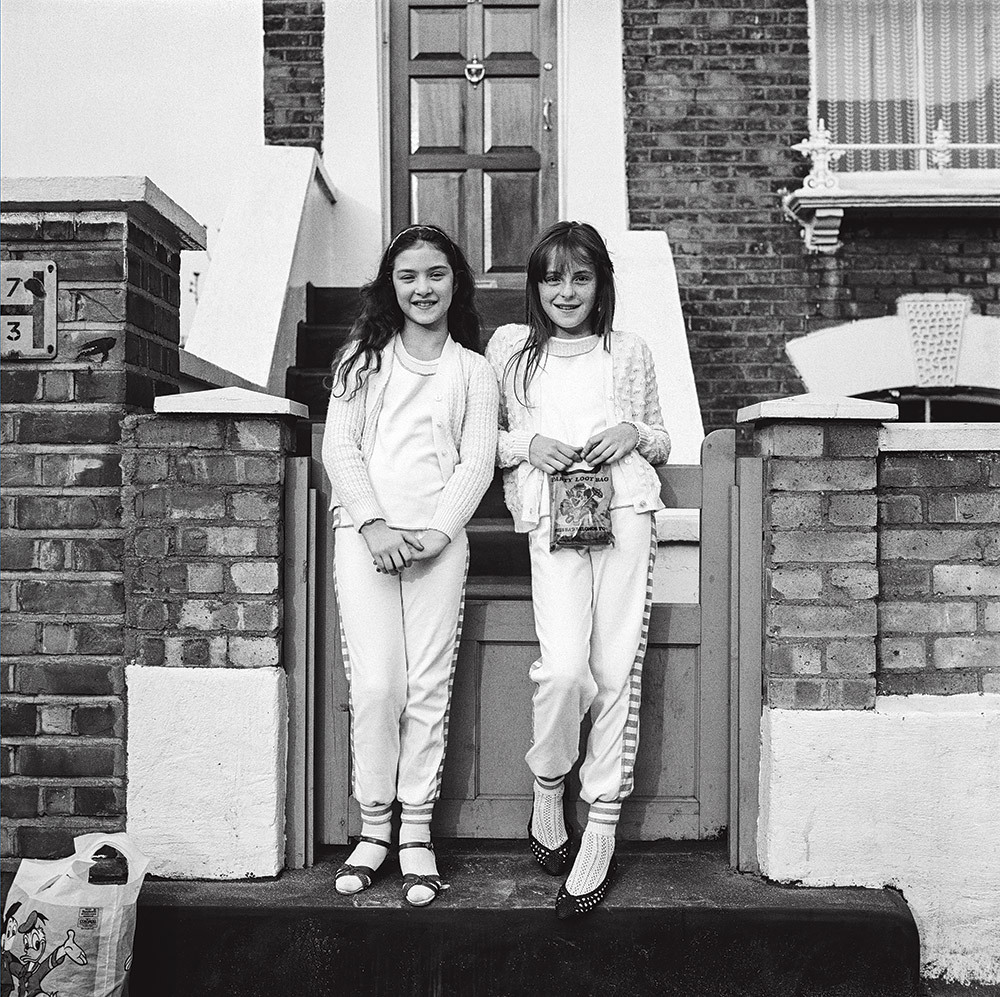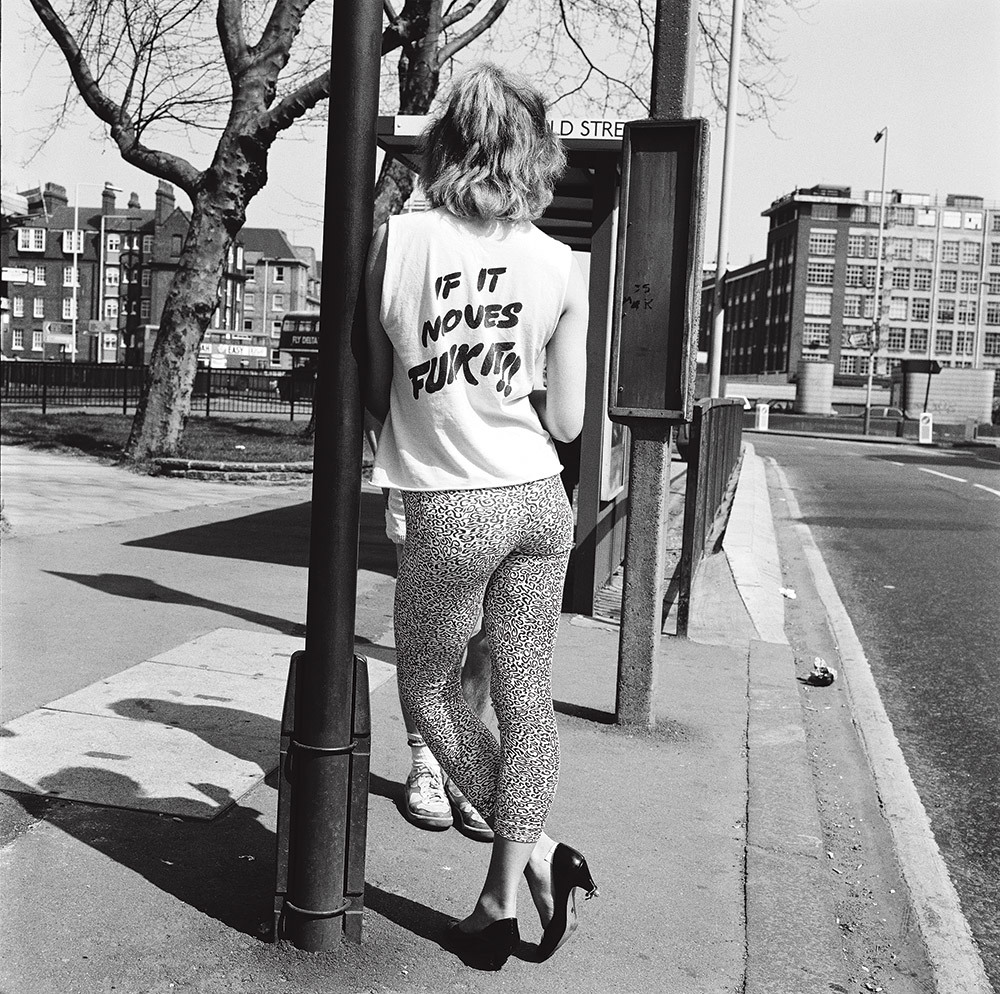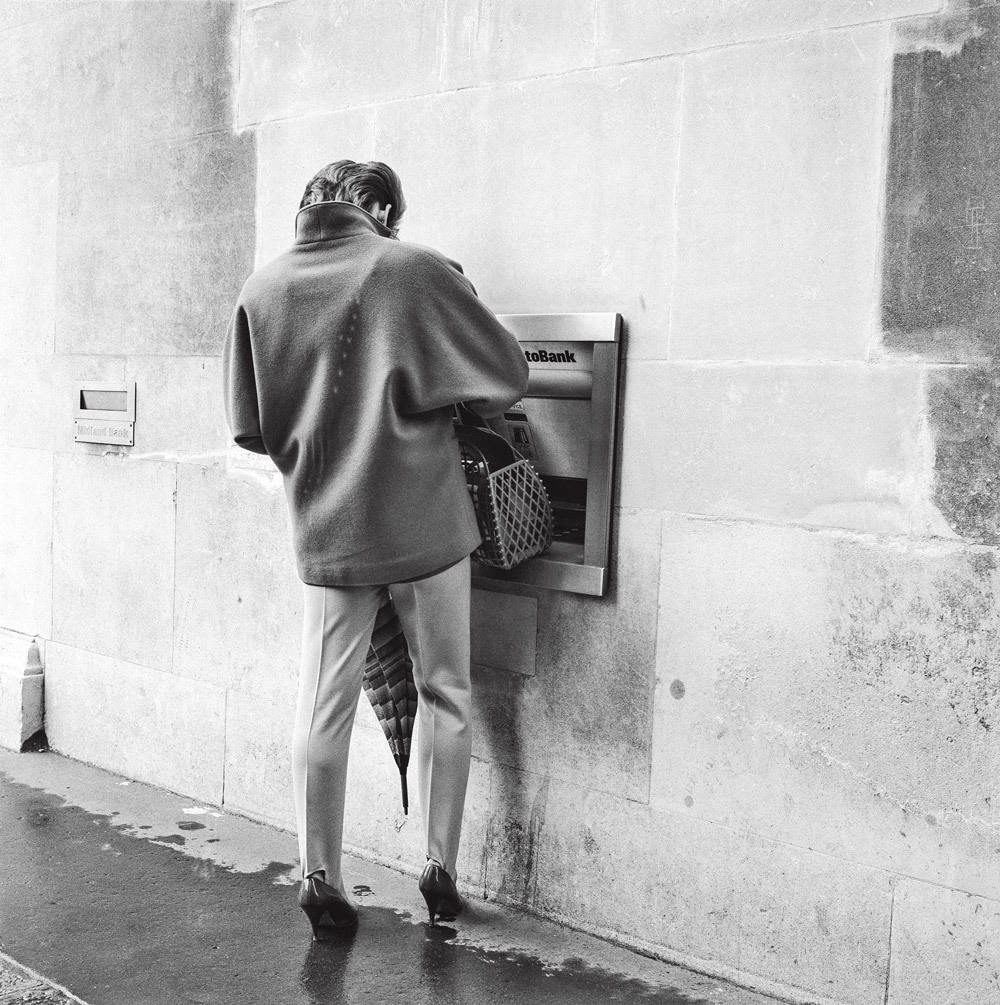Spring of ’84 and Andrew Holligan had just moved back to Dalston, East London. He’d been living in New York, working as a fashion photographer for a spell, when an old friend offered him his place just around the corner from bustling Ridley Road Market. “I’d changed city, changed continent, now it was time to change my photography,” he remembers today. Armed with a 50s Rolleiflex, Andrew began documenting the people around him. Anarchists and fascists, yuppies and little girls with Cabbage Patch dolls. This was Thatcher’s Britain, and politics seemed to spill out onto the streets; little wonder it would end up running through his photographs, too. Captured in Dalston in the 80s — the latest in a series of photography books from Hoxton Mini Press — Andrew’s work is a deeply personal account of the faces and places of a pre-gentrified East London. From Ridley Road to Kingsland Road, Old Street to Smithfield Market where he had a studio, it is, in the photographer’s own words, a story of “mankind in all its forms.” Andrew might have left London for Sydney in the spring of 1986, but he’ll always have Dalston.

You’ve worked all over the place as a photographer. What was it about Dalston that made it such a rich subject?
As I point out in the book, I happened to find myself in Dalston thanks to an old friend who offered me his flat while he was away. However, Dalston was interesting in its ethnic diversity and this was what attracted me to the streets with my camera. There was no particular agenda to the work you see in the book. It was simply a personal thing, walking the streets and engaging with my environment.
Where exactly were you based and what did you like about living there?
I lived on the corner of Cecilia Road and Dalston Lane — a two-minute walk away from Ridley Road Market. The traffic was heavy and noisy because it was a busy route and the flat windows only had single glazing that rattled when lorries and buses passed by. The market sounds were good though — a lot of reggae music in the air.

You’d previously been working as a fashion photographer in New York. In what way did the move change your style of photography?
I was only interested in “fashion photography” when I arrived in Dalston but when I left two years later, I was only interested in street photography. I think I began to see the fashion world as a bubble and I don’t like being in bubbles. I popped it and moved on.
How about the political climate of the time. Did that feed into your work much?
I guess politics seeps into everyone’s lives, like it or not. Thatcher was breaking the back of the unions and putting economic pressure on the poorer sections of society like Hackney. So yes, it fed into my work mainly through the advertising billboards and graffiti on the streets.

Are there any characters that particularly stick in your mind?
The market stallholders were a lovely bunch and always up for a laugh. The kids milling about in the parks, the dealers on the Frontline around the corner all added a vibrant atmosphere.
You live in the countryside now but have spoken about missing all the goings-on down Ridley Road. How do you remember your time in Dalston?
I had time on my hands in Dalston and freedom — something I have less of nowadays with a family to support and owning a home, etc. I was in my twenties as were my friends. Some of us were married but no one had kids yet. So there was a lot of going out, pubbing, clubbing, and so on… Dalston was good for all of that but I moved on, as you do.



Credits
Text Matthew Whitehouse
Photography Andrew Holligan
